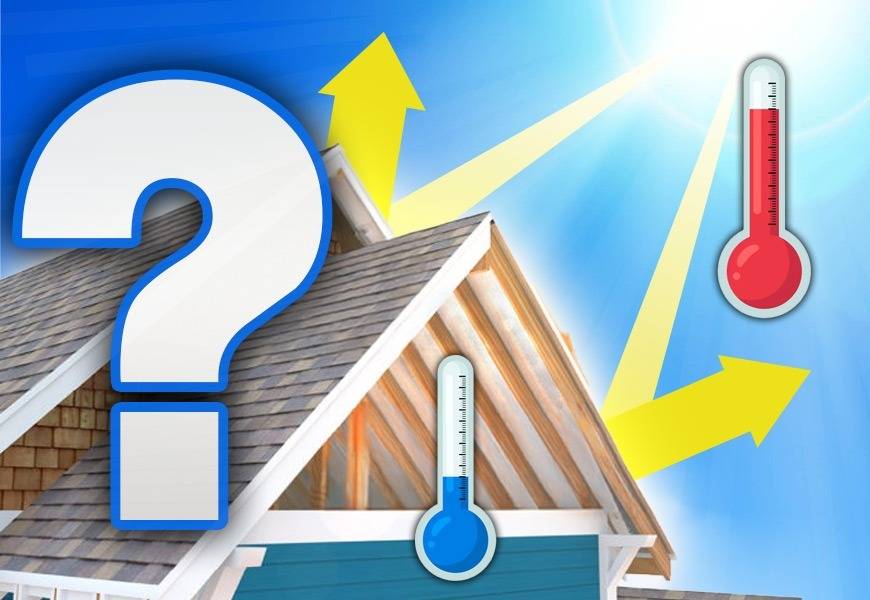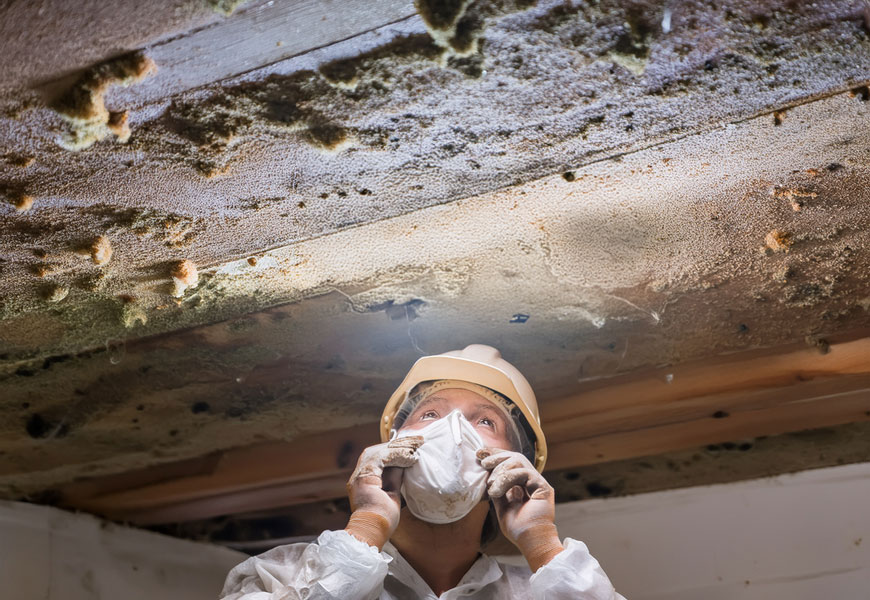BY RHINOHIDE
Radiant Heat Barriers are nothing new, they have been used since the 1920's in commercial and residential buildings.
Radiant heat barriers have been a cornerstone of energy-efficient building design since 1925, when aluminum-based reflective insulation first emerged as a practical solution for managing heat transfer in commercial and residential structures. Initially developed to combat the intense heat of summer and retain warmth during winter, these barriers gained widespread adoption across the United States within just 20 years of their introduction.
Over the decades, radiant barrier technology has evolved significantly, finding applications in various industries—from protecting astronauts in the vacuum of space to enhancing comfort and energy efficiency in modern homes. Today, innovations like Rhino Hide’s Solar-SNAP system continue this legacy, offering advanced solutions that simplify installation and maximize thermal performance.
TIMELINE
How it all began: Patent on Reflective Surfaces as Building Insulation
Two german businessmen, Schmidt and Dyckerhoff, filed for patents on reflective surfaces for use as building insulation. Aluminum was no longer classified as a precious metal, so it became a commercially viable option. This became the launching pad for radiant barrier and reflective insulation around the world, and within the next 15 years, millions of square feet of radiant barrier were installed in the United States alone.
Radiant Barrier is Commercially Produced
Alexander Schwartz, president of INFRA Insulation, Inc. commercially produced a radiant barrier reflective insulation product designed to keep summer heat out and winter heat in a home or building. INFRA Insulation, Inc. quickly became the largest producer of reflective foil insulation.
In the 1950’s, INFRA Insulation was introduced to the consumer market as an accordion-fold style product and was advertised as easily installed by anyone who could use a staple gun. Newspaper and magazine advertisements even depicted women installing the radiant barrier in their own homes.

NASA Utilizes Radiant Barrier Technology
Clark E. Beck engineered the technology at NASA’s request at the Wright-Patterson Air Force Base. NASA was trying to find a way to protect astronauts during space walks from extreme temperature shifts. If they attempted to use conventional insulation, they would have to have a seven-foot thick protective layer on the space suit.

The radiant barrier created was able to reflect 95% of the sun’s radiant heat while also reflecting the astronaut’s body heat back at them to keep them warm. Reflective insulation was then used in spacecrafts, equipment, and astronaut’s suits to protect them from thermal radiation and retain heat from the fluctuating extreme temperatures of outer space. Radiant barriers are still used in most spacecraft today.
Obstacles in the Consumer Market
In the following years, several companies began to market their own reflective foil insulation for consumer homes and businesses. They were met with opposition from large corporations that produced traditional insulation (fiberglass and cellulose). They recognized that radiant barriers were more affordable, lightweight, and effective, therefore, a huge threat to their product.
The traditional insulation industry spent millions of dollars in marketing and educating consumers on the need for an R-value rated insulation product. Since radiant barriers do not have R-values (because they work entirely different than traditional insulation), consumers were swayed from purchasing and using reflective radiant barrier insulation. Architects and engineers, however, continued to learn more about its advantages and incorporate it into their plans.
Today, radiant barrier technology has been spun-off into products as diverse as energy-conserving building insulation, agricultural insulation, automobile insulation, protective clothing (like used by firemen), and many other products.
Radiant barrier insulation is commonly used in homes, businesses, and government buildings. Radiant barriers are recognized by The U.S. Department of Energy as an effective, cost-cutting solution, especially in hot climates.
The most common radiant barrier installed in existing homes is a reflective foil insulation that comes on a roll. These radiant barriers are usually stapled to the underside of the rafters. This is a very time consuming process and in many homes, there are hard (or impossible) to reach places making it difficult to complete installation correctly.

The Newest Innovation in Radiant Barrier Technology
Rhino Hide’s Solar-SNAP Radiant Heat Barrier
Solar-SNAP is unique in that it contains steel spring battens every 2 feet. This allows the product to be rolled between trusses and conventional framing. Not only can you easily reach tight and high spaces, it reduces the installation time by as much as 75%. It is also easily removed and replaced for inspection and repairs.





